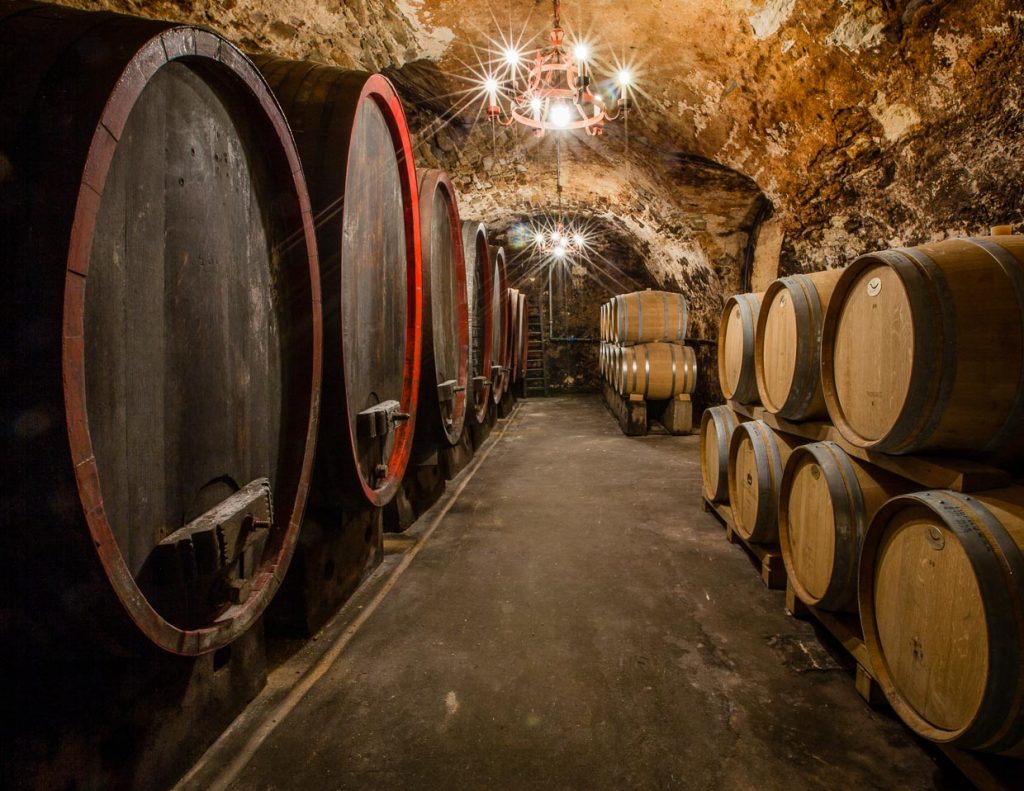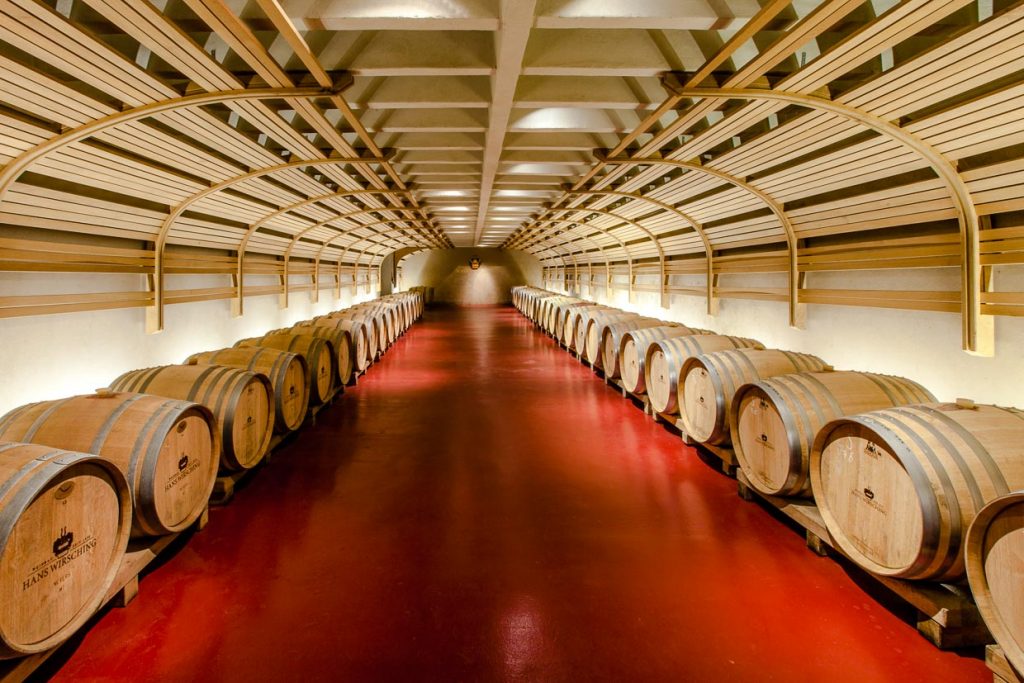Iphofen and the Julius-Echter-Mountain
We meet Andrea Wirsching on a balmy late summer day. The afternoon is the most beautiful time in the vineyard. This is where the winemaker retreats when she wants to find peace. Thinking, she says, also works well in the vineyard when the sun is low in the sky. We drive to the Julius-Echter-Berg, the most famous site of the Hans Wirsching winery.
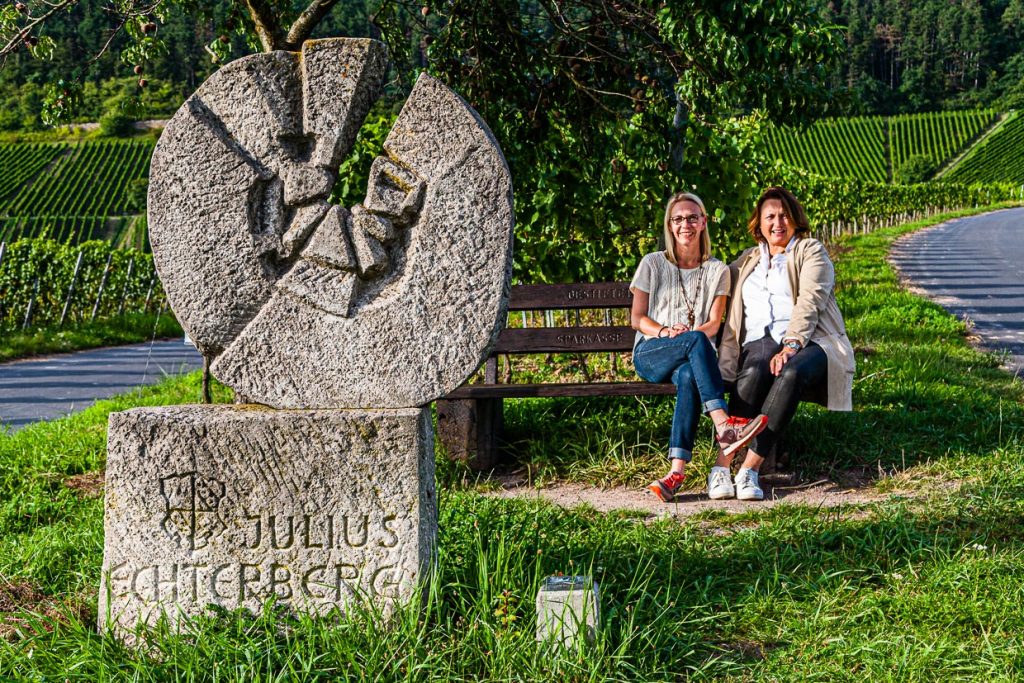
The Hans Wirsching winery is one of the largest and also best-known private wineries in Franconia. Since 1630 and in 14th generation the family is active in viticulture. Between 1905 and 1911, viticulture came to an almost complete standstill due to phylloxera. After the phylloxera disaster and the two world wars, Hans Wirsching laid the foundations for a pure winegrowing business with the remaining vineyards and a consistent quality philosophy. The sons, Dr. Heinrich Wirsching and Hans Wirsching expanded the vineyard since 1966. The winery became one of the leading Silvaner producers in Franconia and today cultivates a vineyard area of 90 hectares.
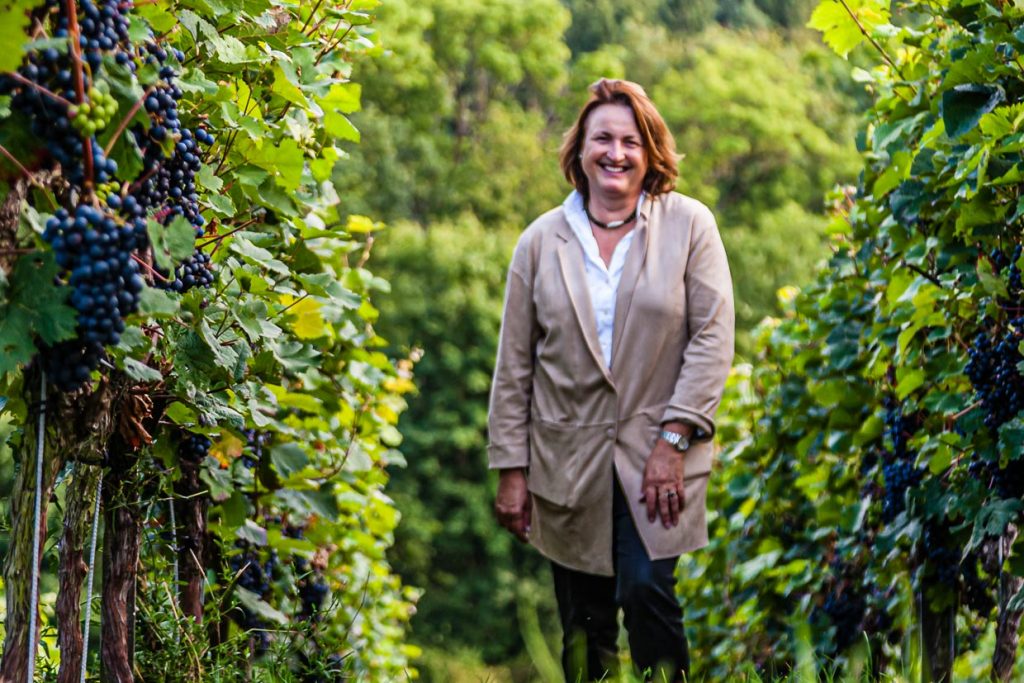
Dry Silvaner, Scheureben and Rieslings have been our specialty for generations, says Andrea Wirsching. The family’s ancestral home is in picturesque Iphofen. At the age of 29, Andrea Wirsching had once again broken away from the Franconian winemaking dynasty for a trading job in Hong Kong. But then the vineyard caught up with her again. She married a winemaker from the Saar. She stayed there for 18 years, raised three daughters, then knocked on her family’s door again in Iphofen and was gladly accepted back.
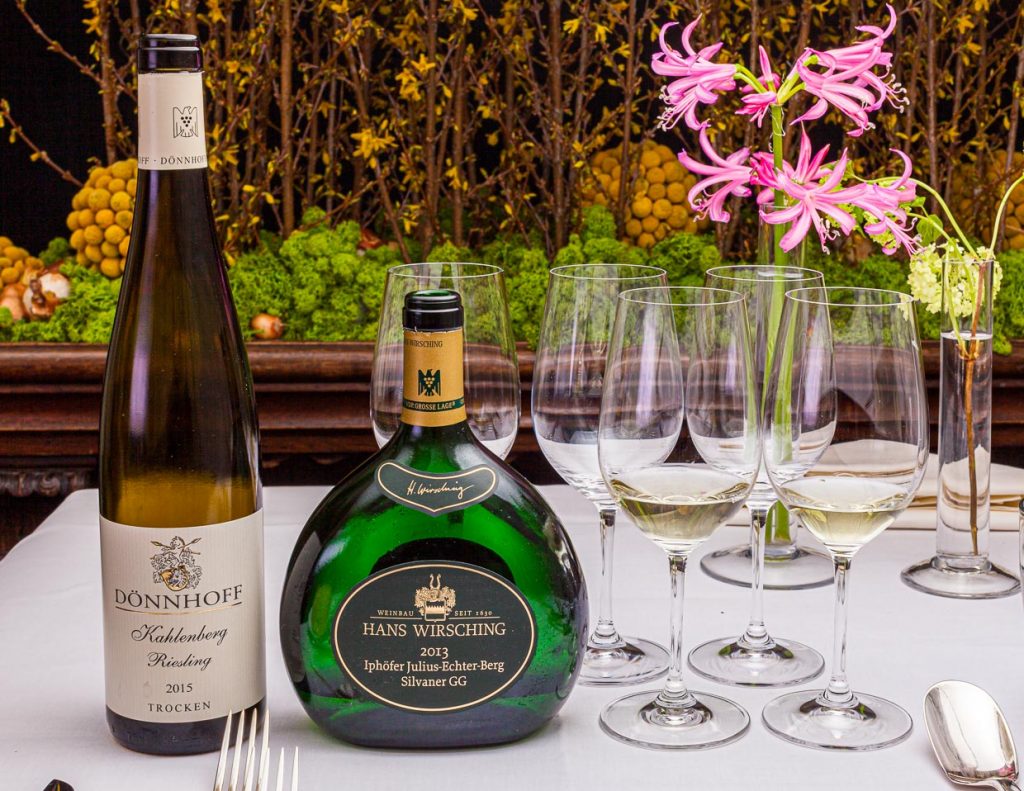
Andrea Wirsching represents the winery at festivals and events, such as the Rheingau Gourmet and Wine Festival, and took over the management from her father Dr. Heinrich Wirsching. Half-sister Lena von Gemmingen (née Wirsching) is still studying. The plan is for Andrea to hand over the reins to her younger sister in a few years. As a sign of their solidarity, the sisters have already created the Sister-Act, a wine made from Silvaner and Riesling from the top Julius-Echter-Berg vineyard.
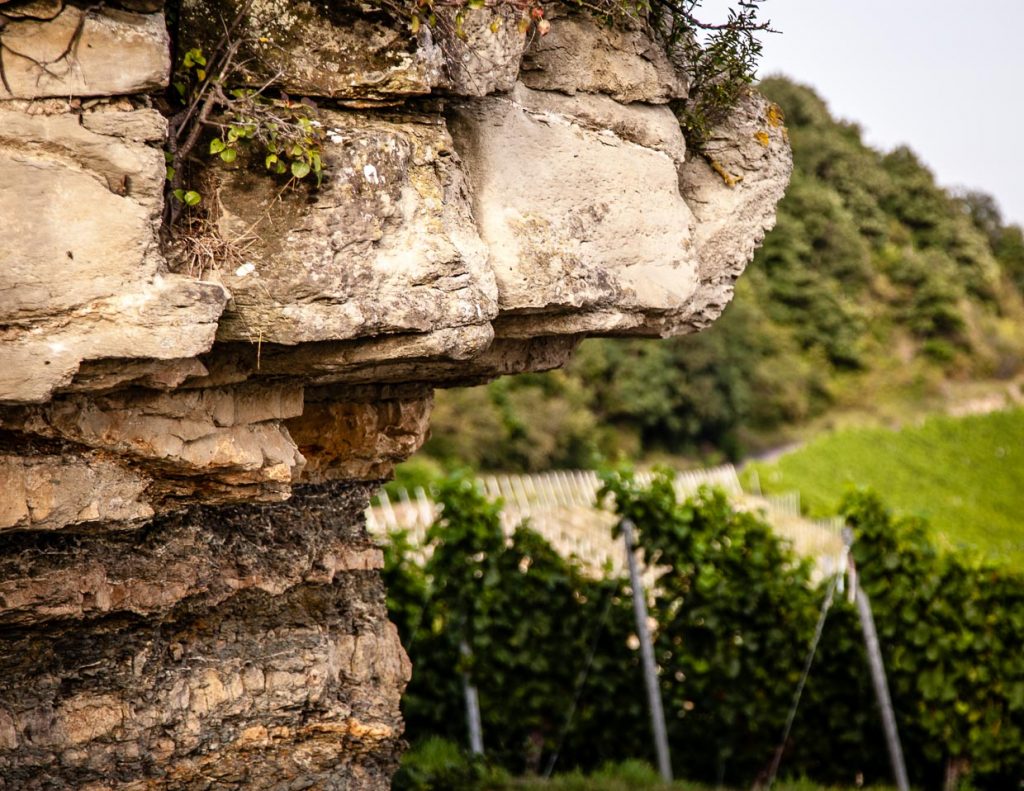
Not all sites are the same on the Julius-Echter-Berg, either. Andrea Wirsching describes it as having little humus at the top and being wide and deep at the bottom, but particularly good in the middle of the slope. Here is an old stand with small concentrated grapes. Oak woods shield the partly steep slopes and thus provide a special microclimate. This mild climate and the long vegetation period allow the vines to absorb the minerals contained in the gypsum keuper. The wines acquire a fruity, full-bodied character and the absorbed minerals make them digestible.
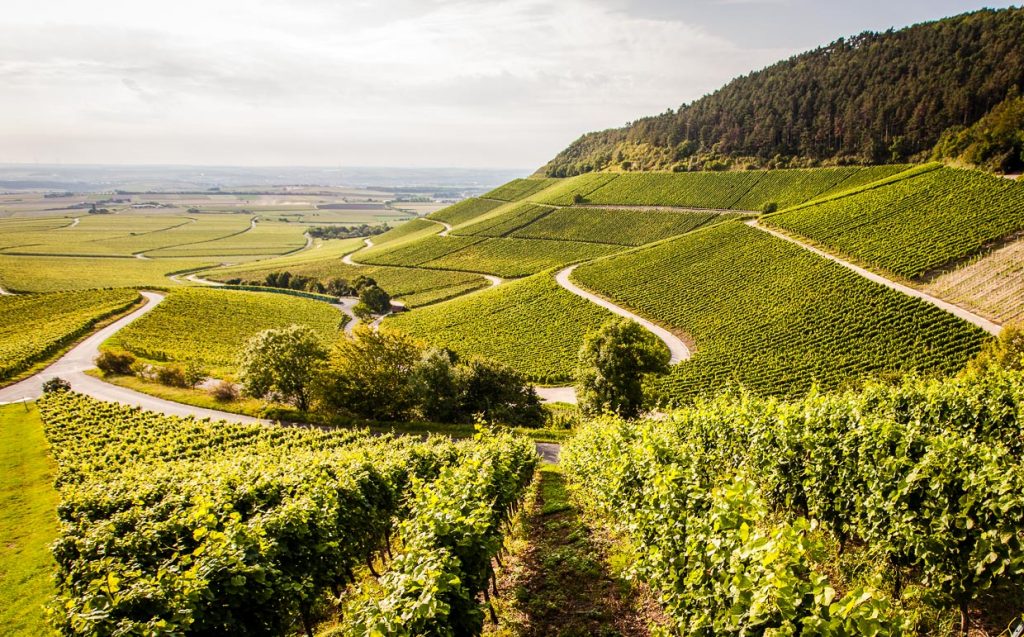
The most important vines in Franconia are Silvaner, Trollinger and Scheurebe. The grandfather Hans Wirsching was one of the first to introduce Scheurebe in Franconia in 1953. Only 5% Riesling is grown in Franconia, but if you can find a Franconian Riesling, it’s good!
So how was the 2017 wine year? Andrea Wirsching is very satisfied. What may have seemed like a rainy summer to the wine connoisseur was weather with ideal growing conditions for the winegrowers in Franconia. However, the humid and muggy weather requires a lot of manual labor, such as defoliation, mechanical weed control and foliage work for better aeration of the grapes. The grape harvest has started earlier than ever before – 88 days after flowering (one normally expects 100 days). Andrea Wirsching is particularly happy about her Silvaner and calls it an absolute climate hero. Due to the strong selection of the grapes, she announces only a small amount of Großer Gewächse, but with a lot of aromatics and elegance.
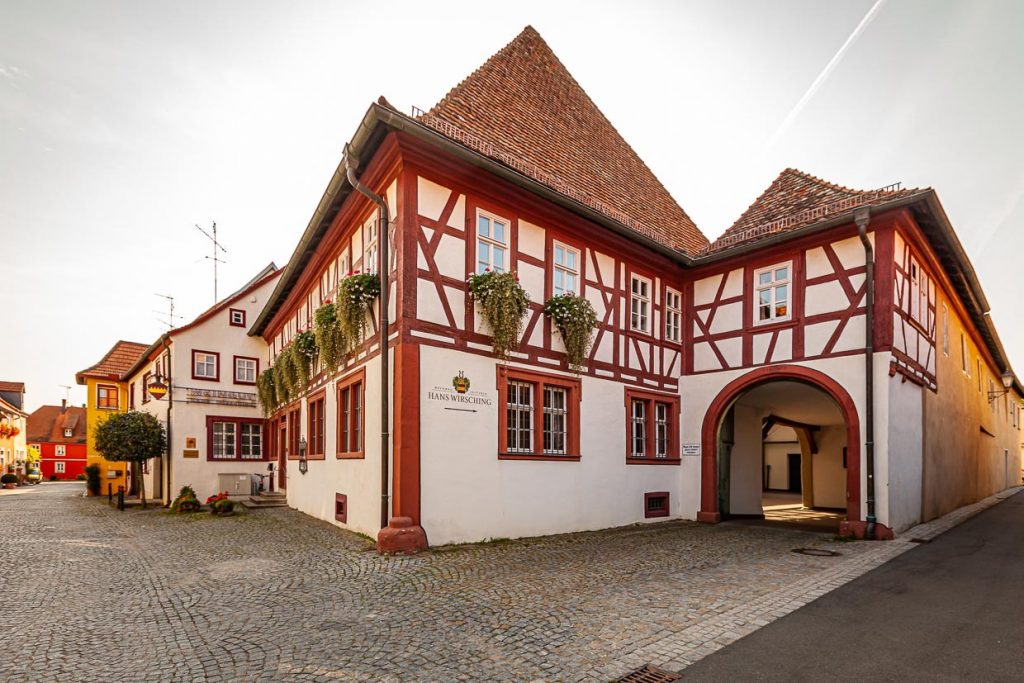
In the middle of Iphofen stands the main house from the 16th century. Before wine was sold here, there was a colonial goods trade between 1860 and 1950 that fed the Wirsching family. The Hans Wirsching winery still has over 60% private customers. With very few exceptions during the year, the sales department is open continuously, so that the approximately 12,000 active private customers have the opportunity to taste and purchase almost every day.
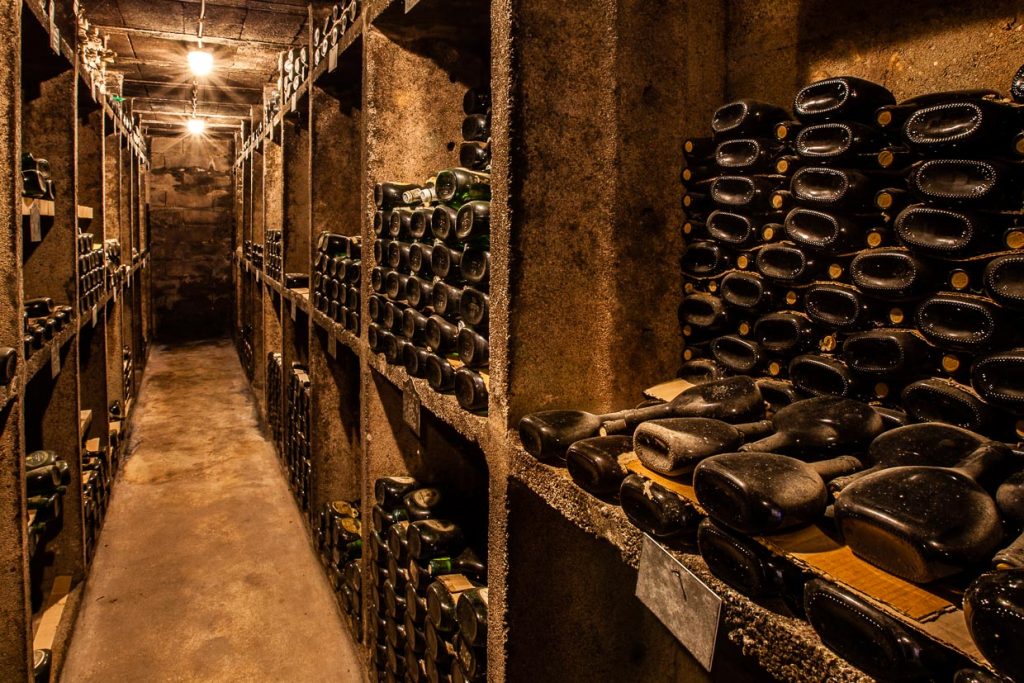
No winery without a treasure chamber. The wines of many decades are stored in the cellar of the Wirsching winegrowing family. The family remains faithful to the flat ball bottle, the Bocksbeutel. Originally, this was a cloth bag in which monks or aldermen transported their books. Homeland and tradition are to be preserved. A Riesling flute for her classic wines would be out of the question for Andrea Wirsching.
